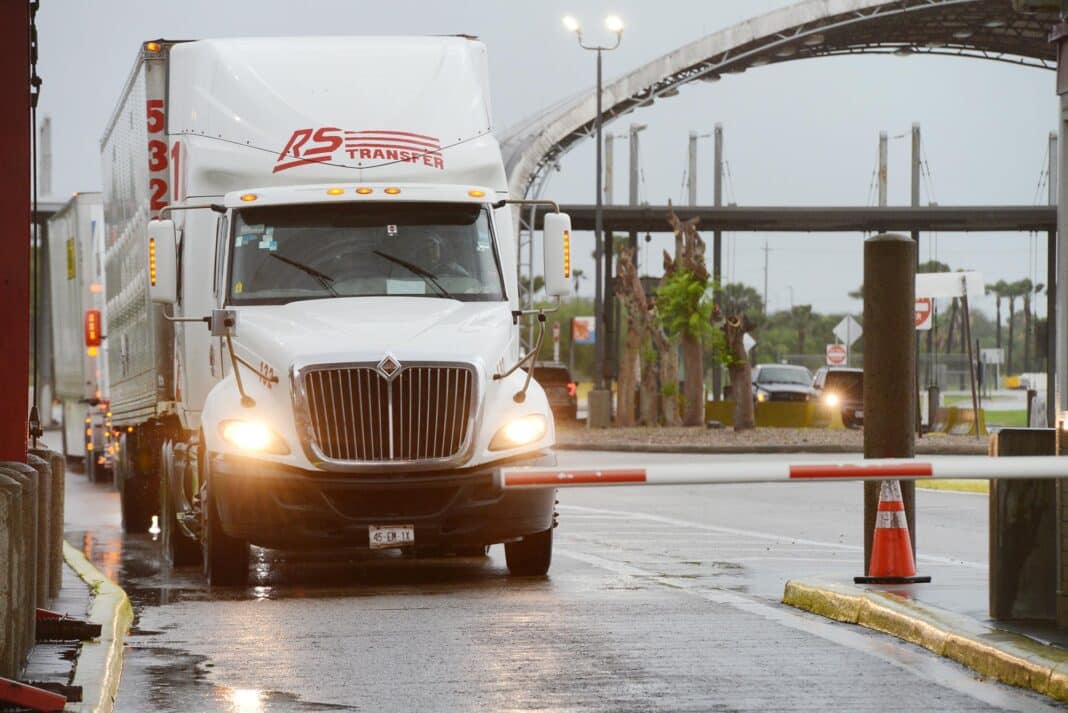On May 14, the Texas Border Coalition once again asked the U.S. Department of Homeland Security to lift restrictions on nonessential travel at land ports-of-entry at countries with Mexico and Canada, restrictions that have been in place for over a year.
Again DHS said no, at least not for another month. The TBC letter to DHS Secretary Alejandro Mayorkas was signed by more than two dozen U.S.-Mexico bi-national economic and political leaders, who made the case that the restrictions “have heavily paralyzed and devastated the economies of our border businesses and communities.
The letter pointed out that the Texas-Mexico border in 2019 generated more than $19 billion in economic activity and supported over 650,000 jobs, and argued that if immigrants seeking asylum are being allowed into the country from Mexico then visa holders who want to visit family or “conduct essential commercial activities” should be allowed to as well.
The signers wrote that they reluctantly accepted temporary limits on cross-border travel at the height of the COVID-19 pandemic but that 14 months is too long. The first signature on the letter is that of Cameron County Judge Eddie Trevino Jr., who chairs the TBC.
“The entire country has been open for business for several months now, and yet those of us that live on the border, that rely on cross-border trade, haven’t been able to get back to normal day-to-day business as a result of the closure to nonessential travel at our ports of entry, at our bridges,” he said. “It’s just not fair and it also doesn’t make any sense from a public health standpoint any longer either.”
Restricting border travel to keep COVID out didn’t work, since the virus swept through the Rio Grande Valley and exacted a heavy toll, but the region is much better shape now pandemic-wise than 14 months ago, Trevino said.
“But our local economies have been hit,” he said. “They continue to be hit. Local businesses haven’t been able to get back after being knocked down. Many of them unfortunately have shuttered. They’ve closed their doors, not to reopen. We need to get back to work, and this is important for all of us that live on the border, on both sides. I hope that the administration will see that there’s no longer any legal or health impediment to our ports-of-entry.”
It doesn’t make sense that people can fly into the United States from Mexico but can’t walk or drive across the border to visit family or go shopping, Trevino said.
As such, the county has also taken a hit in lost bridge revenues, he said, noting that the bridge system has been losing $600,000 to $900,000 a month since DHS clamped down on travel. Those losses can be rectified with Coronavirus State and Local Fiscal Recovery Funds through the American Rescue Plan, but it’s a shame to use it just to plug a budget hole when the money could be put to work addressing other pressing needs, Trevino said.
The county announced May 20 that it had received an initial allocation of $41 million, half of $82.1 million in recovery money coming to the county, which will receive the balance over a 12-month span. The ARP provides much more flexibility in how the money can be spent compared to relief legislation passed during the previous administration. In addition to making up economic losses and revenue shortfalls, the funds can be used for public health expenditures, premium pay for essential workers; water, sewer and drainage improvements, broadband infrastructure and connectivity, and in general help communities that endured the worst of the pandemic.
Trevino said the ARP funds would give a boost to the local economy and “provide the much needed resources our families and communities deserve.”
“We want to invest this money and leverage it so that hopefully we get more money for different types of projects, whether it’s infrastructure, health, law enforcement, housing — whatever the case might be,” he said. “There’s a bunch of different areas that we’d like to be able to try to use this money for, a lot of projects that have been stalled or that we need to do because of the new world in which we live.”




